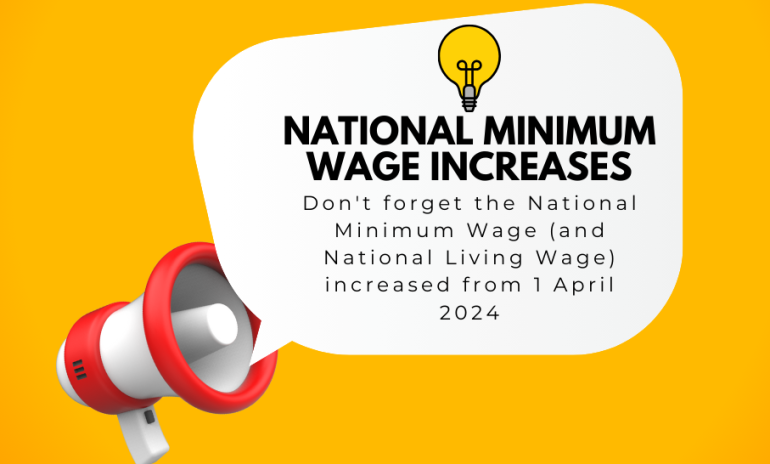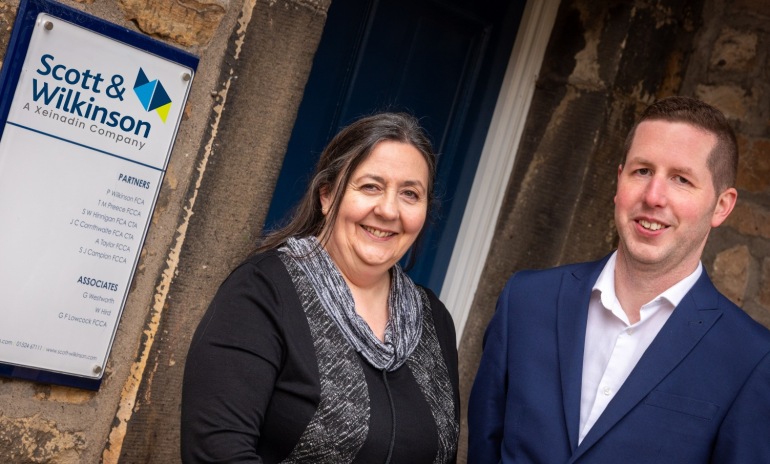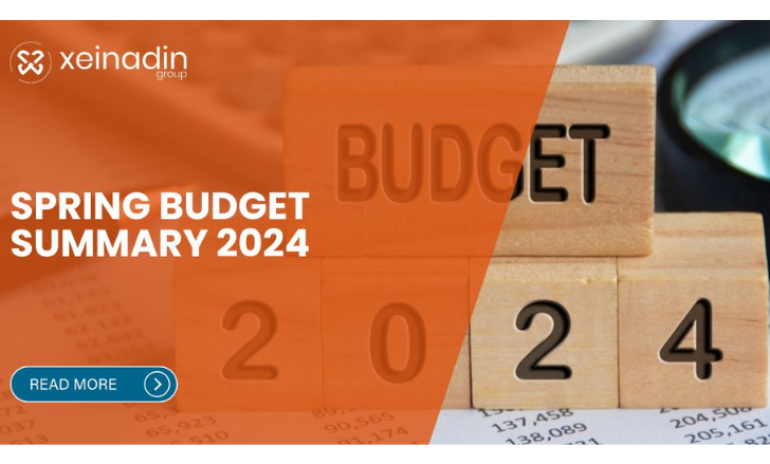Plan now for the end of the tax year
Date: 24/02/16

Individuals are remidned to use all the tax reliefs and allowances available to them before the current tax year ends on 5 April 2016 in order to minimise liabilities.
There are a number of investment and tax planning ideas that should be considered.
For example, if you have adult children who are planning to buy a home, you might consider gifting funds so that they can invest in the new help-to-buy ISA.
This new ISA is available to first time buyers over the age of 16. Savings of up to £200 per month attract a 25 per cent tax free bonus from the Government, providing £3,000 cashback on a maximum saving of £12,000. On the subject of ISAs, have you used your maximum annual investment of £15,240? Or has £4,080 been invested in a Junior ISA or Child Trust Fund for any child under the age of 18?
Pensioners are also reminded that from 6 April 2016, tax relief will be restricted for 45 per cent taxpayers. However, there are transitional rules that may give you the opportunity to make extra pension contributions and claim full tax relief.
The Lifetime Allowance (LTA) reduced from £1.5 million to £1.25 million in 2014 will reduce to £1 million on 5 April 2017. If this is likely to affect you, I suggest you take advice as there are ways of protecting your funds if you act now”.
Business owners are also prompted to seek advice because from 6 April 2016, Dividend Tax Credit will be abolished and replaced by a new Dividend Tax Allowance of £5,000 a year.
The new rates of tax on dividend income above the allowance will be 7.5 per cent (up from 0 per cent) for basic rate taxpayers, 32.5 per cent (up from 25 per cent) for higher rate taxpayers and 38.1 per cent (up from 30.56 per cent) for additional rate taxpayers. These changes to dividend taxation will impact on the overall tax rates for owner-managers, in particular, those who have traditionally extracted their income by way of a low salary and a much larger dividend.
However, the income tax position is only part of the picture because for most owner-managed businesses, the overall tax costs (including the corporation tax position) will need to be considered. The overall tax cost of extracting a dividend will increase from approximately 20 per cent to 26 per cent for a basic rate taxpayer, 40 per cent to 46 per cent for a higher rate taxpayer and from 45 per cent to 50.5 per cent for an additional rate taxpayer.
If you have cash in your business which you wish to extract in the form of dividends ahead of the 1 April deadline you need to get in touch with us now to ensure you don’t miss out. If you would like professional advice on anything mentioned here, or dedicated advice tailored to your circumstances, please do not hesitate to contact the office.

Author: Wendy Hird
Wendy’s exceptional knowledge and experience, gained through spending 7 years with HM Revenue and Customs before joining Scott & Wilkinson in 1996, makes her one of our most respected taxation specialists. She has worked...
0 Comment
Add your Comment
We have the ability to edit and/or delete posts and comments. Links should be relevant to the topics. Please note all comments are subject to review before inclusion.














Nobody has commented yet. Why not add one?